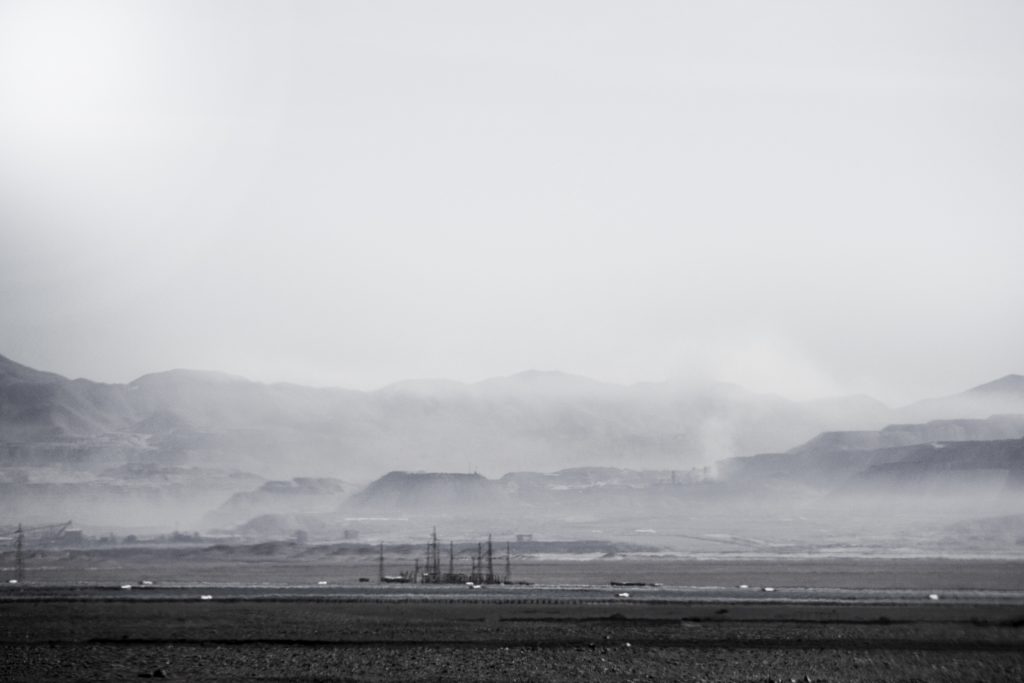February 21st, 2024
Salar: Adaptation
As part of the 2022-2023 cohort of Rydell Visual Arts Fellows, I have new work on exhibit at the Museum of Art and History in Santa Cruz California, from January 18- March 24, 2024.
These works are part of a longer art research project entitled We Build Ruins that reconsiders the history and fate of the industrialized Atacama desert in northern Chile, by simultaneously understanding it as a place once covered by water, as an arid environment described by rare geologic and organic systems, and as a high-altitude mining site transformed and abused by devastating infrastructures. Robotic extra-planetary modules such as the Mars Rovers and Perseverance have been tested here as the conditions and geology serve as ready analogs for Martian environment and terrain. The mining techniques currently being developed in Atacama are also contributing to a neoliberal imaginary for eventual off-planet operations.
I seek to re-frame the common narrative of deserts as ‘wastelands’ made productive only through industrial exploitation, and to shift the goals of both earthly and extra-planetary inhabitations away from dominion and extraction, and toward listening and adaptation. This trio of works includes a multi-channel audio work, a single channel video projection created together with key project collaborator Rodrigo Ríos Zunino, and a series of photographs arranged as a dual screen slideshow, which consider the contrasts between different orientations to being a visitor, and perhaps one day a guest, of the Atacama desert. The video features glimpses of an ‘Earthsuit’, or clothing that I knit and wove by hand from materials found in the desert (undyed sheep’s wool, plastic bags, twine, cassette tape) that are intended to be both practical but adaptable, not a spacesuit that completely insulates its wearer from the elements of a place but a suit continuing life on damaged Earth using materials at hand.
My colleague Zac Zimmer, Associate Professor of Literature at University of California, Santa Cruz, wrote this short text for the exhibit:
Listening and Adapting in the Age of Extraction: Two figures, two suits, two ways of being.
We have ancestors in common, but Margie the Martian returns to Earth for the first time, and finds an all-too familiar landscape: the inhospitable desert. Contained within her spacesuit, armored against a hostile environment, Margie carries her own atmosphere with her. She has practiced for this descent her entire life. This is the terrifying inversion of terraforming: the moment that Earth becomes Mars.
The Earthsuit’s weave is a pattern of hospitality. It, too, offers some protection against the formidable beauty of the Atacama, but its mesh of Andean wool and plastic bags is permeable and open to adaptation. An Earthsuit is a tool for listening, sensing, and emplacement. It is a garment for the visitor who wishes to move through the Atacama’s grooves across all scales: the cracked earth of a desiccated ancient seafloor, the artificial valleys between tailing piles and mountains of evaporated salt, and the tire-tread patterns of heavy machinery. Embraced within the knit and the weave, whoever wears the Earthsuit will find the stillness necessary to integrate into landscape and soundscape.



